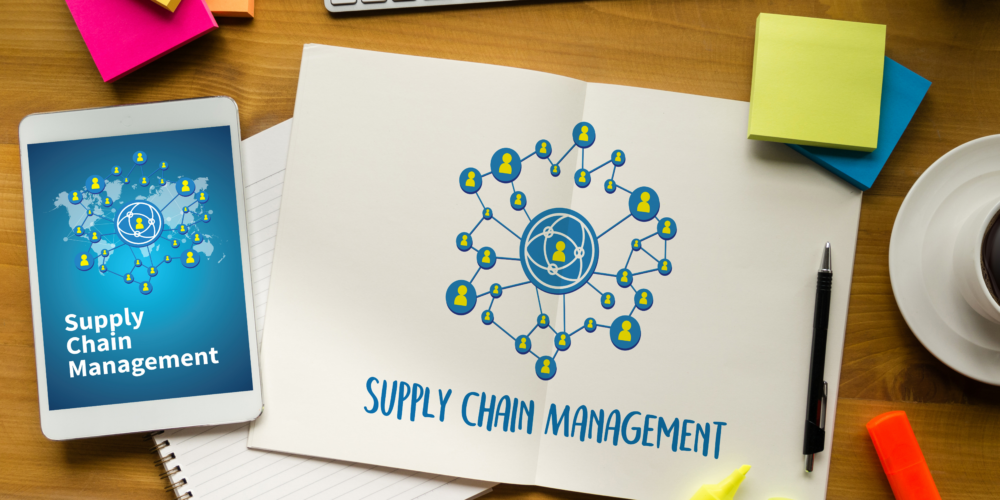The Waste to Energy (WTE) industry has been making some genuinely innovative and inspiring strides recently. Statista reports there are roughly 86 WTE facilities in the U.S., 400 in Europe, and 300 in other parts of the world, with an increase in waste energy consumption from 397 to 482 BTUs between 2006 and 2017 alone.
As energy generated from waste becomes more commonplace, competition is next to come. This means that the tools and strategies for managing the WTE supply chain must evolve to remain competitive.
Despite this spike in growth in projects and outputs many organizations are still relying on spreadsheets to manage their supply chain processes. This makes it nearly impossible to identify inefficiencies and rectify them before unnecessary expenditures occur.
History has shown that data is the best defense for identifying optimizations within an organization’s supply operations. In today’s environment, if an organization is to be competitive, they must enlist a data platform that can pull data consistently that is also shareable with all departments. This allows organizations to set a baseline and be proactive about resource management instead of being reactive.
This is the foundation of digital transformation, which is being applied in nearly every industry today, and WTE is no exception. To continue the pace of innovation we’ve seen in years passed, leaders must embrace the digitization of their supply chain to achieve other adjacent goals such as transparency, baseline setting, and creating accountability.
By using the right software solution, WTE leaders can proactively manage and plan their supply chain and find areas for efficiencies before agreements are made, routes are traveled, and productivity loss ensues.
In this post, we will share five ways digitizing WTE supply coordination and feedstock acquisition can create transparency in the supply chain and thus, empower all participants in the supply chain to increase productivity, efficiency, and competitiveness moving forward.
Now that you understand the benefits of increasing transparency in your supply chain through digitalization, the next, and arguably more difficult step, is getting started. Here are some actionable tips we recommend to our own clients when they begin transitioning into a digital supply chain management system.
It’s important to dissect your entire supply chain process and establish a baseline of your current operations. This gives you a starting place from which you can improve as well as highlights where you most need support to integrate the solution that is best for your business.
From there, you can establish feedstock acquisition budgets, lead times, customer relationship management, and runway time for operating at full capacity. You can also hold each member of your team accountable and aligned on where they’re headed.
To begin, choose one specific feedstock order that you are going to track from start to finish. Then, document who is involved, what communication methods they undertake, and track the time from the first interaction to approval, through invoicing, and final payment.
Once you’ve audited the process and have some baseline numbers, you need to interview all of the operational players involved. This is where you can add real-life color to the process.
Having open dialogue about the process and goal-setting is also a key component to implementing any software solutions down the road.
Examples may include cutting down lead times, optimizing transportation costs, getting more of the right supply (and less of the bad).
Discussing details around audit results and big picture goals with members of your team will help with the transition and adoption of the technology you decide to integrate.
Once the audit and interviews are complete you should have a 360 view of your overall process. Now you can start assigning specific tasks, baseline numbers for time and money spent, and success rates to all of the steps you’ve identified as part of your feedstock acquisition process.
A single, digital platform is ideal to store this information for documentation and visibility into key handoffs and deliverability. It helps with monthly meetings, accountability, and tracking improvements (or identifying areas that might need additional support through software or outside help).
Everyone needs to be informed and committed if you are to have a successful digital transformation. While the benefits are well documented, digital transformation can be a big undertaking, and having buy-in is key to its success.
We understand that you may have siloed teams using different systems and tools until now, but ultimately, everyone needs to come to the understanding that breaking barriers and using a unified approach will ensure success in the long run.
Again, a single source of truth is pivotal to having successful conversations, communicating a vision, and identifying quantitative goals.
Steps 1-4 will empower you to gather rough data and collective intelligence from your team as well as a commitment for a digital transition.
The weakest areas of your process are now supported with data to make the right business decision for you and your company’s goals.
Whether it’s more support in how to source projects, organizing outreach for your current list of vendors, or improved transportation, you now have data pointing to the areas that will give you the best ROI for your software investment.
If this sounds beneficial but slightly overwhelming, we can help you get started!
The EnMass Energy platform connects suppliers, transporters, trucking companies, warehousing, processors, and last-mile deliveries through a single, secure cloud-based platform.
We can also customize a solution as it suits your needs. Our platform features Enterprise Resource Planning (ERP), Customer Relationship Management (CRM), Transport Management System (TMS), and payment processing to unify all aspects of procurement.
The goal is to add total transparency to your supply chain to help you plan better and control costs. So if you’re ready to ditch the spreadsheets, we’d love to show you how EnMass Energy can support your WTE supply chain.
Contact us today for a free demo.
